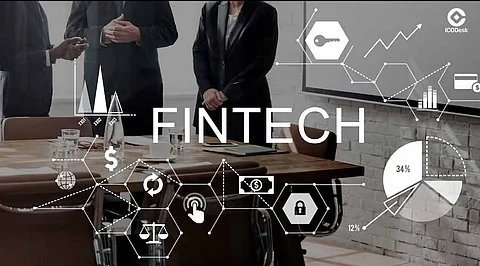

Decentralized Finance (DeFi) is revolutionizing the financial landscape by providing decentralized, peer-to-peer (P2P) services that bypass traditional financial intermediaries. By leveraging blockchain technology and smart contracts, DeFi enables individuals to engage in financial transactions directly with one another. This article explores how DeFi is facilitating P2P financial services and solutions, the benefits it offers, and the challenges it faces.
DeFi refers to a broad range of financial applications and services built on blockchain networks, primarily Ethereum. These applications aim to recreate and improve traditional financial systems by making them more accessible, transparent, and efficient. DeFi includes various services such as lending, borrowing, trading, insurance, and yield farming, all of which can be conducted without the need for intermediaries like banks or brokers.
DeFi platforms enable P2P financial transactions through smart contracts, which are self-executing contracts with the terms of the agreement directly written into code. This allows users to interact directly with each other, eliminating the need for a trusted third party.
DeFi platforms like Aave and Compound allow users to lend their assets to others in exchange for interest. Borrowers can access loans without the need for credit checks or extensive documentation, making the process faster and more accessible.
Platforms like Uniswap and SushiSwap enable users to trade cryptocurrencies directly with one another using liquidity pools. This eliminates the need for a centralized exchange, providing users with greater control over their assets.
DeFi insurance protocols, such as Nexus Mutual, allow users to pool their funds to provide coverage against smart contract failures or hacks. Participants can directly engage in risk-sharing without relying on traditional insurance companies.
DeFi enables users to earn passive income by providing liquidity to various platforms. Users can lend their assets to liquidity pools and earn rewards in the form of additional tokens, creating a P2P ecosystem where users benefit from each other's contributions.
The rise of DeFi has brought several benefits to P2P financial services, including:
DeFi platforms are open to anyone with an internet connection, removing barriers associated with traditional banking systems. Individuals in underbanked regions can access financial services that were previously unavailable.
By eliminating intermediaries, DeFi reduces transaction fees and operational costs, making financial services more affordable for users.
All transactions on the blockchain are publicly accessible, allowing users to verify and audit transactions. This transparency builds trust within the ecosystem.
DeFi empowers users by giving them full control over their assets and financial decisions. Users can engage directly in financial transactions without the need to trust a third party.
Despite its potential, DeFi is not without challenges:
The lack of clear regulations surrounding DeFi poses risks for users and investors. Governments are still figuring out how to approach DeFi, which could lead to potential restrictions in the future.
Smart contracts are vulnerable to coding errors and hacks, which can result in significant financial losses. Users must exercise caution and conduct thorough research before engaging with DeFi platforms.
The cryptocurrency market is highly volatile, which can affect the value of assets within DeFi platforms. Users face the risk of losing their investments due to sudden price fluctuations.
Navigating the DeFi ecosystem can be challenging for newcomers, as it often requires a certain level of technical understanding. This complexity can deter potential users from engaging in P2P financial services.
As the DeFi ecosystem continues to evolve, it has the potential to reshape the financial landscape. Innovations such as layer-2 scaling solutions, cross-chain interoperability, and improved user interfaces can enhance the usability and accessibility of DeFi platforms.
Furthermore, as traditional financial institutions begin to explore partnerships with DeFi projects, the lines between traditional finance and decentralized finance may blur, leading to hybrid solutions that leverage the best of both worlds.
DeFi is transforming the way individuals engage in financial transactions by enabling P2P financial services that are accessible, transparent, and cost-effective. While challenges remain, the potential for innovation and growth in this space is significant. As the DeFi ecosystem matures, it has the power to democratize finance and empower individuals worldwide, paving the way for a new era of financial solutions.